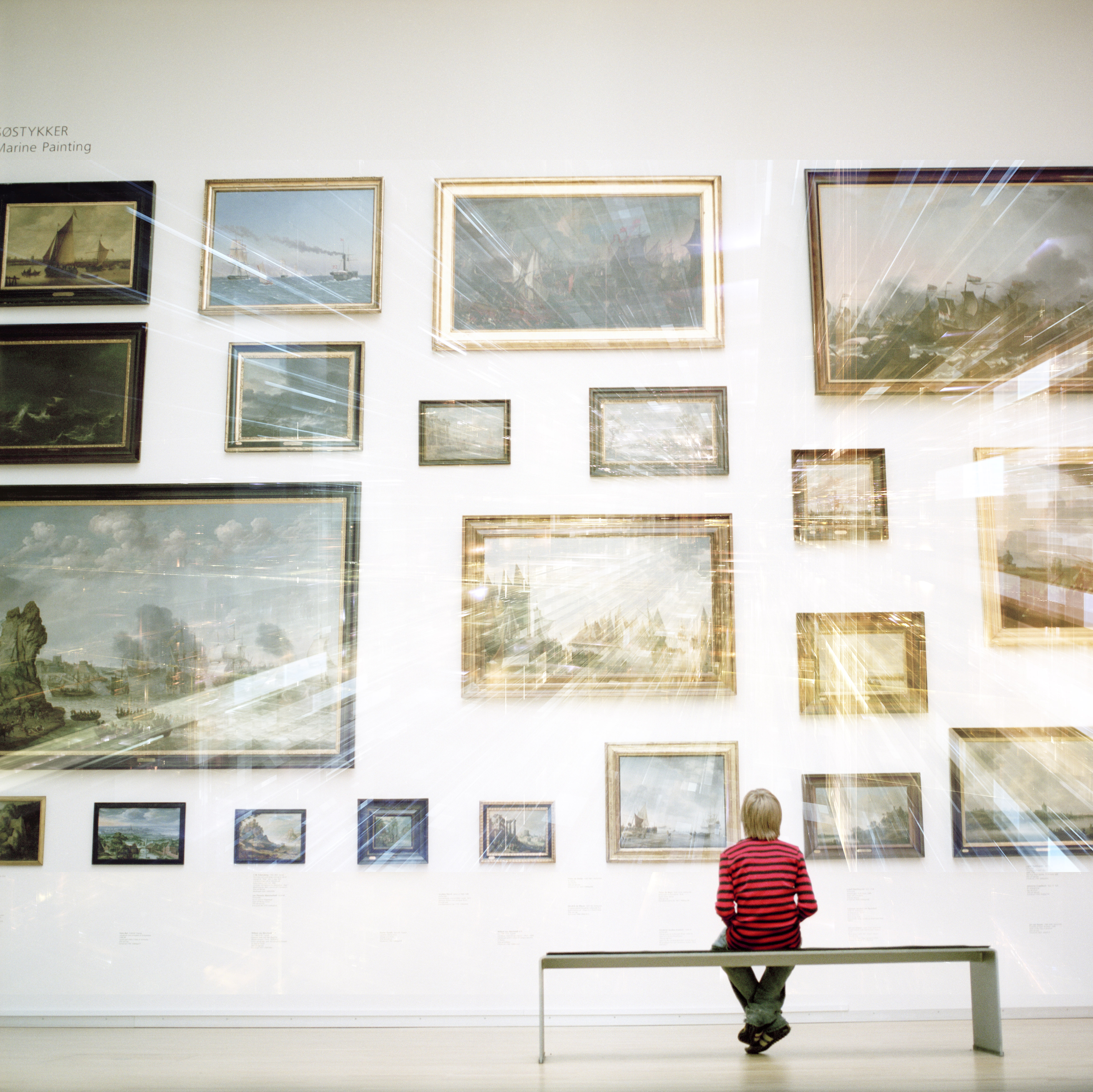The high-tech museums of the future
Part of our special report on innovation


It all started at a cocktail party.
Barry Joseph was mingling at a drinks reception during a conference, when a wheeled robotic device rolled up next to him and stopped. The robot looked a bit like a Segway with a computer screen perched on top. On the screen, beaming back at him, was a live video feed of a couple. "He was in bed, infirmed, and she was there with him," Joseph says. The couple explained that this device allowed them to travel the world remotely. "We chatted a bit and I learned who he was and what they were doing," Joseph says. Eventually the conversation lulled and the robot moved on to other partygoers, but the experience stuck with Joseph, who is associate director for digital learning at the American Museum of Natural History in New York City. "Even though they weren't there, I could still make a personal connection," he says.
This gave him an idea. What if he could use robots like these in the museum to help visitors connect with exhibitions?
Subscribe to The Week
Escape your echo chamber. Get the facts behind the news, plus analysis from multiple perspectives.

Sign up for The Week's Free Newsletters
From our morning news briefing to a weekly Good News Newsletter, get the best of The Week delivered directly to your inbox.
From our morning news briefing to a weekly Good News Newsletter, get the best of The Week delivered directly to your inbox.
This summer, the Manhattan museum started experimenting with a telepresence robot, whose official name is BeamPro SPS, in the Hall of Northwest Coast Indians. The hall opened in 1900 and is the museum's oldest. It's stuffed with artifacts like towering totem poles, ceremonial masks, and an enormous dugout canoe, all from the native people of North America's northwest shores. The hall is magnificent, but Ruth Cohen, senior director of the museum's Center for Lifelong Learning, says it needed a bit of a rejuvenation.
"We were thinking of ways to make it more current and relevant to visitors," Cohen says. "These communities are very alive and well and have vibrant cultures today, but with a lot of representations of culture in museums, sometimes it gets a little remote and seems to be something in the past."
Enter BeamPro SPS. In experiments, the robot is manned by a curator at the Haida Gwaii Museum, thousands of miles away in Canada. The curator, a living, breathing representation of the cultures on display, greets visitors and offers to give them a guided tour of the objects, answer questions, and talk about their own traditions.
"It helps take something that was behind glass with a minimum level of context customized to exactly your needs in an immediate and contemporary way that changes your museum experience," Joseph says.
Sign up for Today's Best Articles in your inbox
A free daily email with the biggest news stories of the day – and the best features from TheWeek.com
Many museums are looking for ways to bring their exhibitions into the 21st century and connect with tomorrow's museumgoers: millennials age 18 to 24, who spend roughly 91 hours a month on smartphone apps. "Our competition is Netflix and Candy Crush," Sree Sreenivasan, chief digital officer at the Metropolitan Museum of Art, tells Digital Trends. The museum has more than 70 people working on its digital media team, and is experimenting with a number of innovations including beacons, which track visitors' location via a smartphone app and can send them info depending on where they are. So, if you're at the Met standing in front of an ancient sculpture of a bearded man draped in a lion's skin, the app could tell you the man is Hercules, and the sculpture dates from 68-98 A.D. Perhaps the app could beam a video interview with a curator, or provide an audio explanation of the piece's origins. "Tech can, and should, bring joy and enrichment to galleries," Brendan Ciecko, founder of Cuseum, a Boston startup, tells The New York Times.
Similarly, the British Museum in London is testing virtual reality headsets that let teenagers take virtual tours of ancient landmarks, like a Bronze Age roundhouse, and interact with the objects inside.
It all sounds promising, but as Lee Rosenbaum at The Wall Street Journal laments, there's a possibility that technology's "hyperactive interactivity and exasperating glitches interfere with enjoyment of the objects themselves."
Will these attempts at harnessing technology actually work to engage users in a way that enhances their experience? At the American Museum of Natural History, Cohen says she was initially concerned the telepresence robot itself would become the exhibition, distracting visitors rather than helping them form relationships with the Haida Gwaii culture. But she was wrong. "We were surprised at how easily people forgot about they were talking to a device," she says. "It attracts people to it but it's not a barrier to making that personal connection."
The museum plans to continue testing the telepresence robots and may add other attractions, like a digital totem pole. "We don't look at technology as the answer," Joseph says, "but the next tool to help us explore."
Jessica Hullinger is a writer and former deputy editor of The Week Digital. Originally from the American Midwest, she completed a degree in journalism at Indiana University Bloomington before relocating to New York City, where she pursued a career in media. After joining The Week as an intern in 2010, she served as the title’s audience development manager, senior editor and deputy editor, as well as a regular guest on “The Week Unwrapped” podcast. Her writing has featured in other publications including Popular Science, Fast Company, Fortune, and Self magazine, and she loves covering science and climate-related issues.


